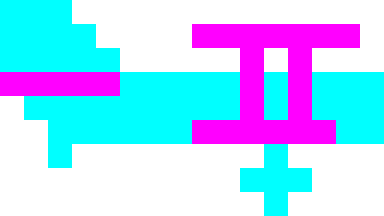 SDL Sopwith
SDL Sopwith
[
Play in browser |
Download |
Screenshots |
Github Page |
Discord |
History |
Links
]
History of Sopwith part 2: Imaginet
[ Introduction | Imaginet | Sopwith escapes | DOS versions | On the Internet ]
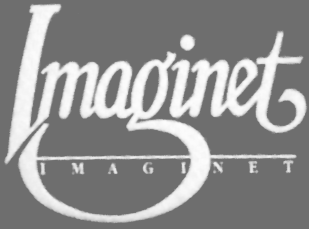
BMB was not a games company; Sopwith was developed as a demo application for the Imaginet networking system, an early form of LAN that networked IBM PCs and Atari STs. David Clark has described Sopwith as something he hoped would attract attention at trade shows.
MUPET
BMB’s previous focus had been the Commodore PET, where it had developed a system named MUPET that had enjoyed some moderate success. MUPET allowed multiple computers to share a floppy drive.
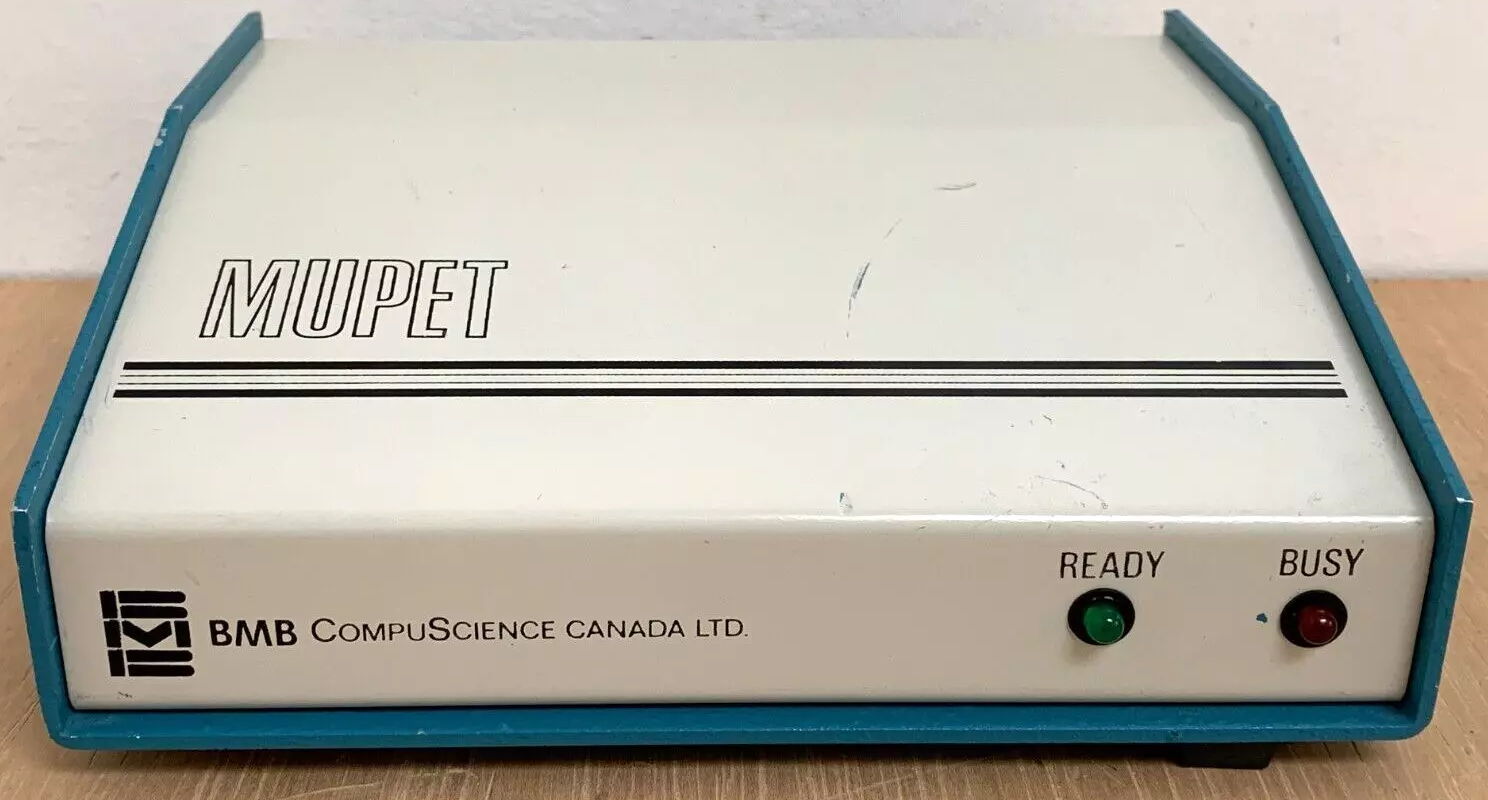
MUPET controller; photo credit: eBay user vintageisgreen
The following articles (plus video demonstration!) give some details of how it worked:
- MUPET brochure (credit to vintagecomputer.ca).
- Photo of the MUPET hardware (credit to R Stomphorst for sharing this photo on Flickr).
- eBay auction that went on sale in October 2024 for one of the MUPET controller boxes.
- Video demonstration of the MUPET system (credit goes to Harry McCracken who originally shared this on Twitter).
The pivot to PCs
After the release of the IBM PC in 1981, BMB changed its focus to the new platform and it became a successful reseller of PCs through its chain of Canadian stores named The Information Connection. Meanwhile, it set about producing a similar system to MUPET that it called Imaginet. As with MUPET, it allowed multiple PCs to share a floppy disk. But with hard drives now becoming common, it could also simulate a virtual floppy disk stored on a hard drive on another machine. By 1984 the first version of Imaginet had been made available, and the first versions of Sopwith date to this time.
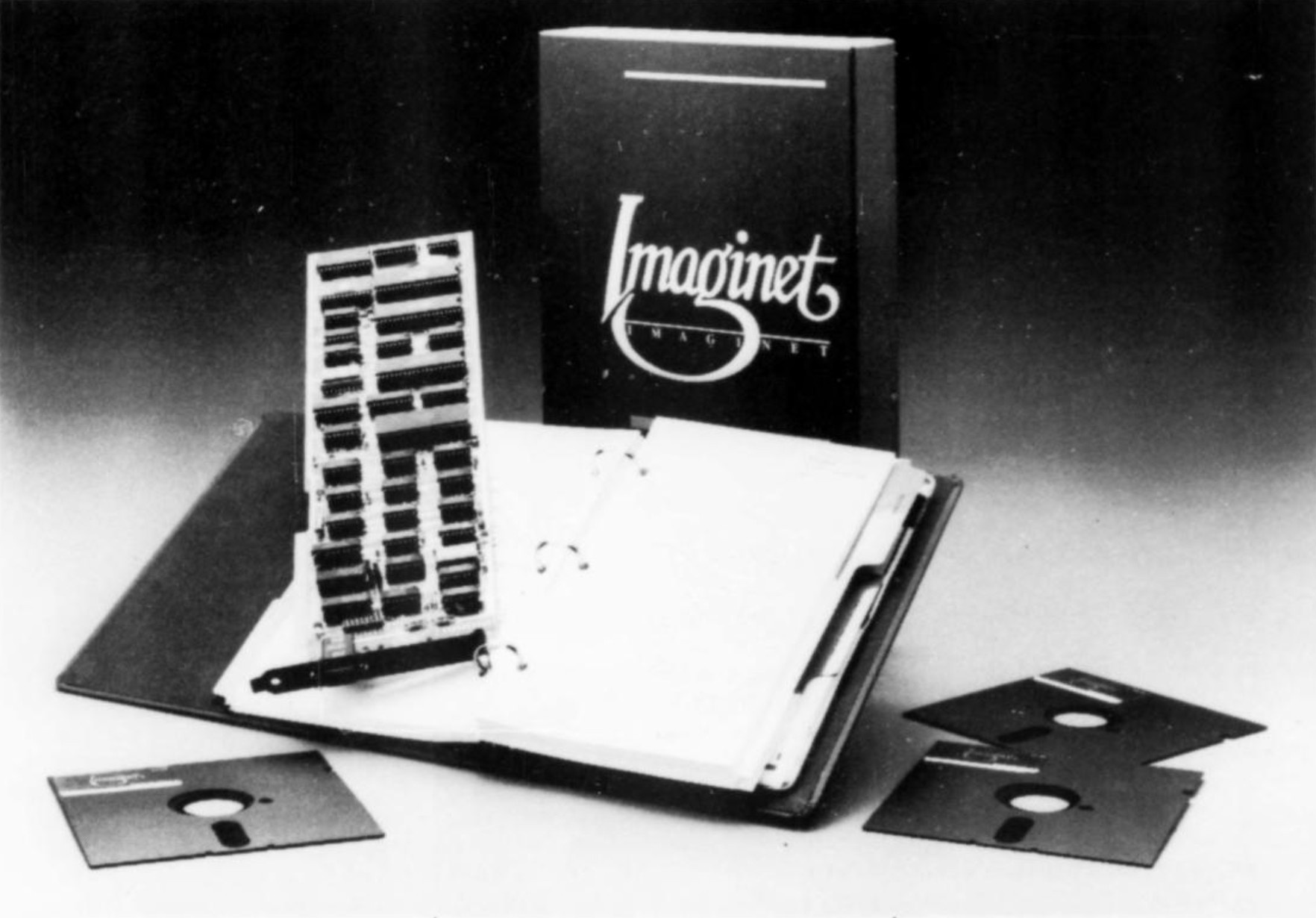
Some articles describe the system, including a multi-page ad written by Jack Cole, one of the system’s technical architects, who gives some details about the system and the underlying philosophy behind its design. A virtual drive could be accesed by multiple other client machines, and the shared drive would appear to those clients as though it was just another floppy drive.
Marketing materials for Imaginet emphasized this “transparency” that allowed normal DOS software to interface with the network. This was the origin of the Imaginet name, the idea being that “you have to imagine that a network’s really there”. The system could work hierarchically, with the idea that the network could mirror a company’s corporate structure.
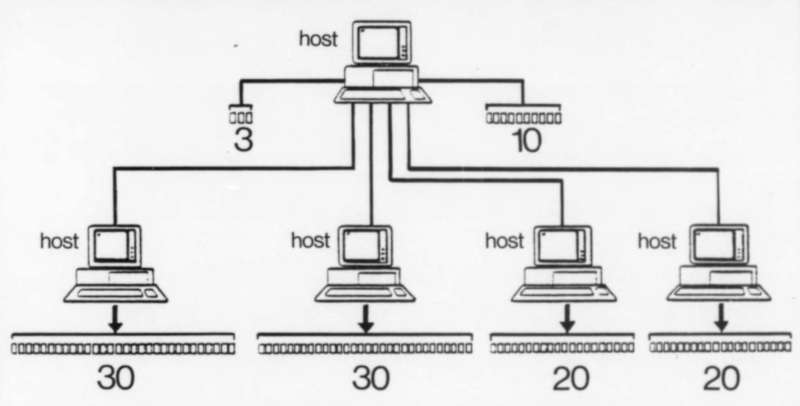
By far the most detailed technical description of the system can be found in Canadian patent 1172380 that BMB obtained on the system. The Imaginet card replaced the usual floppy disk controller card (or coexisting with it, emulating a second drive), forwarding all floppy disk access instead to the host computer. The “disk” itself on the host could be a physical disk drive but more often would be a floppy disk image stored on the host computer’s hard disk. The system also allowed printers to be shared.
Imaginet’s hardware-based networking seems unusual nowadays, where networking is based on protocols and, of course, connection to the Internet. Nonetheless, the system provided some unique advantages - specifically software compatibility - that was likely unmatched by competing products. MS-DOS at the time did not have any native interfaces for networking, and would not gain them until 1987 with the release of MS-DOS 3.0. The hardware-based approach also meant that any operating system could be used - IBM originally offered multiple options including CP/M-86.
- Some published articles about Imaginet that give some technical information about the system and how it worked.
- Canadian patent 1172380 and the equivalent US patent 4792896.
- 1984 full-page ad from the Edmonton Journal about BMB and Imaginet.
- Cover photo from BMB’s annual report that shows boxed copies of the Imaginet software, NetMail, and other BMB software (credit to R Stomphorst for sharing this photo on Flickr).
Sopwith: the trade show demo
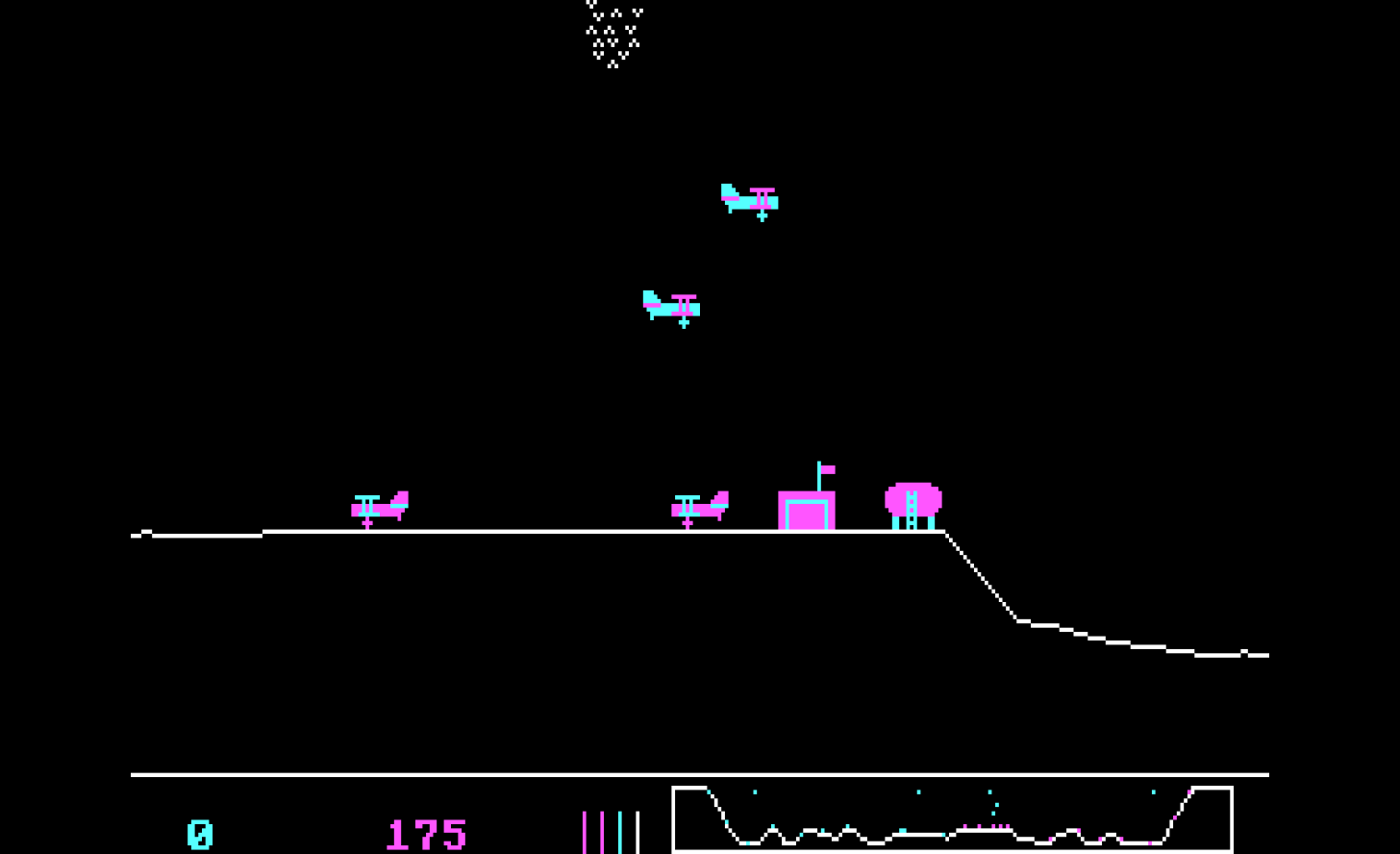
Sopwith was developed as a demo application for the Imaginet system that supported up to four players at a time. From examination of the source code, communication appears to have worked by having different players continually reading and writing from the same disk sector.
Sopwith somehow “escaped the lab” and PC players everywhere came to enjoy its single player modes. No doubt many fans curious about the multiplayer option on the main menu have tried over the years to make it work, but without the Imaginet hardware, their efforts were futile. The reliance on direct hardware access made its use with other networking systems impossible, since few (if any) supported such a feature. It is only recently, with the Imaginot adapter program, that the original multiplayer has been successfully made to work again.
Besides Sopwith, a serious application for Imaginet was an electronic mail system system called NetMail, notable for having been the subject of a landmark Canadian court ruling over a claim that its name was infringing on another company’s trademark (BMB won the case). While Imaginet does not appear to have been particuarly successful in the marketplace, it did find some customers in Canada, and remains an interesting footnote in the history of PC networking.
More information
You can find out more information about BMB and Imaginet in this discussion with former BMB employees David L. Clark, Jack Cole and Dave Growden, recorded for the game’s 40th anniversary:
Next: Sopwith escapes the lab
